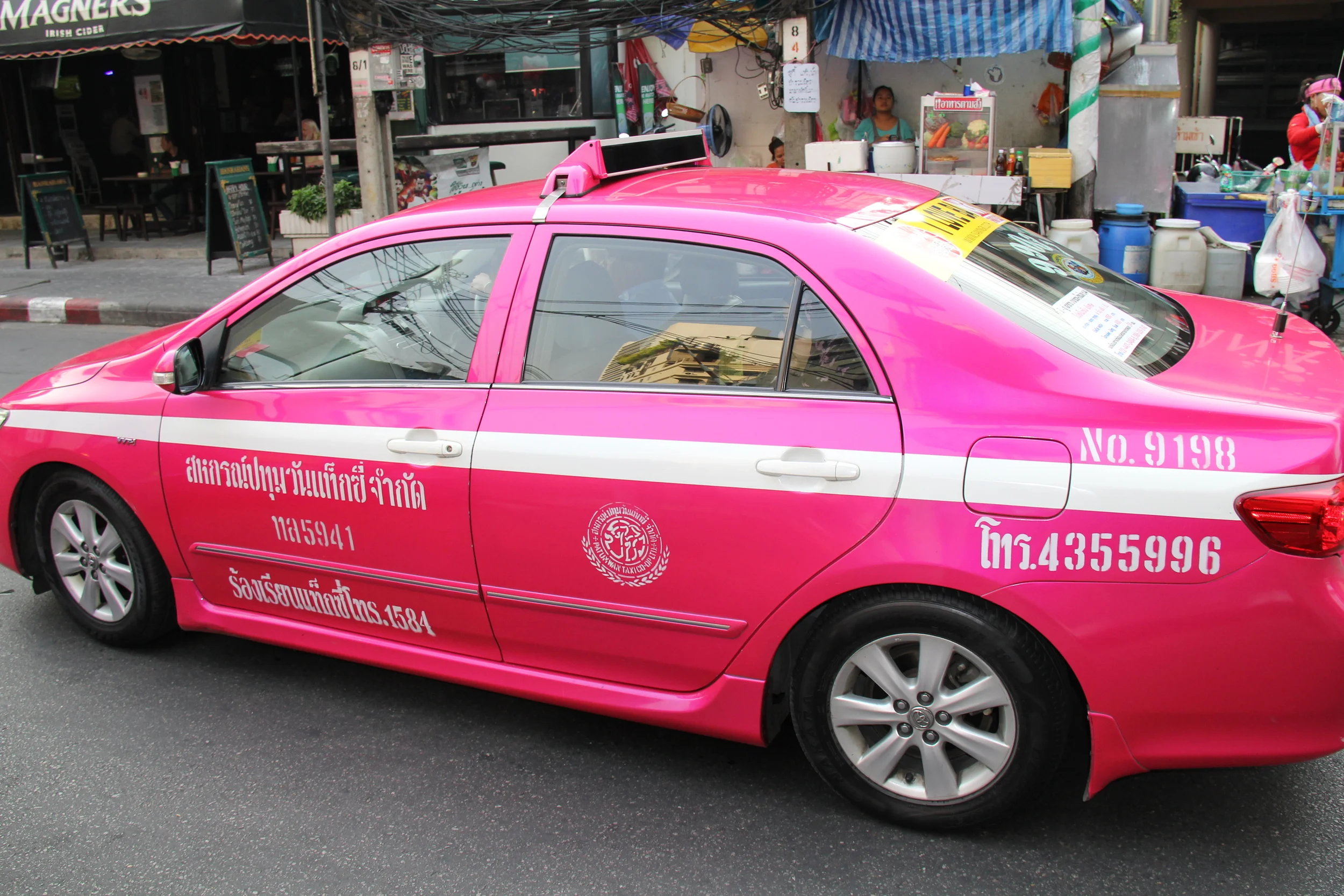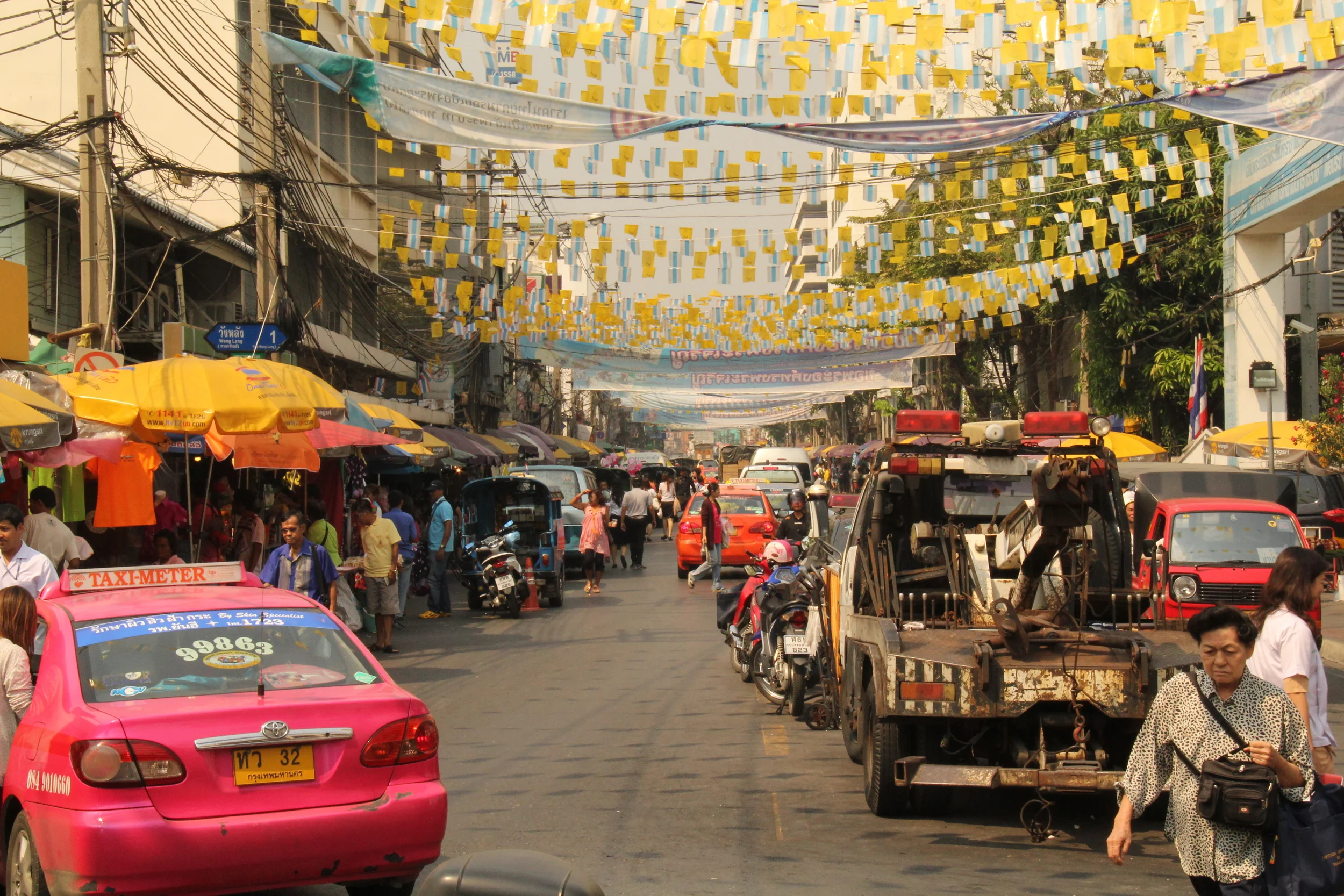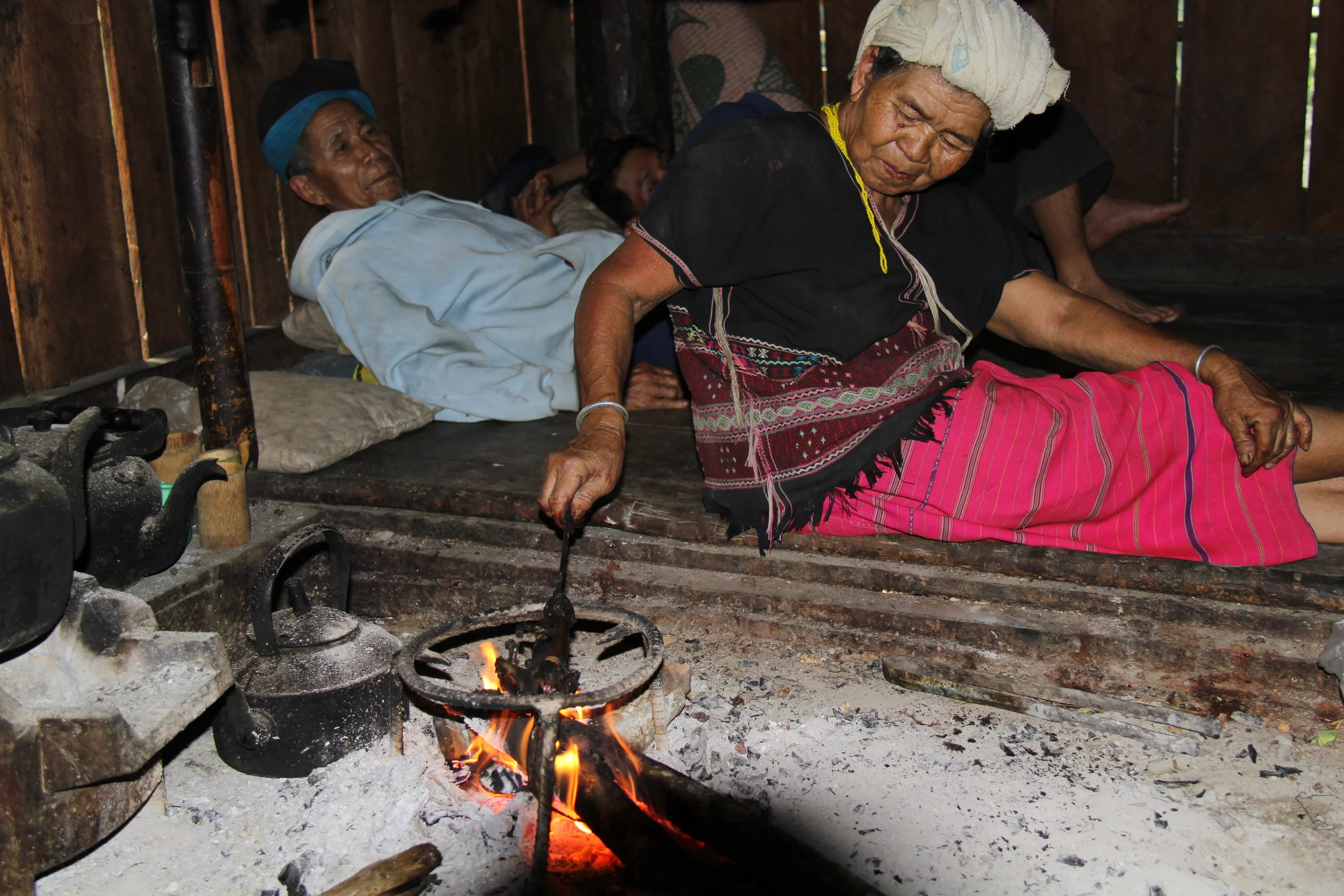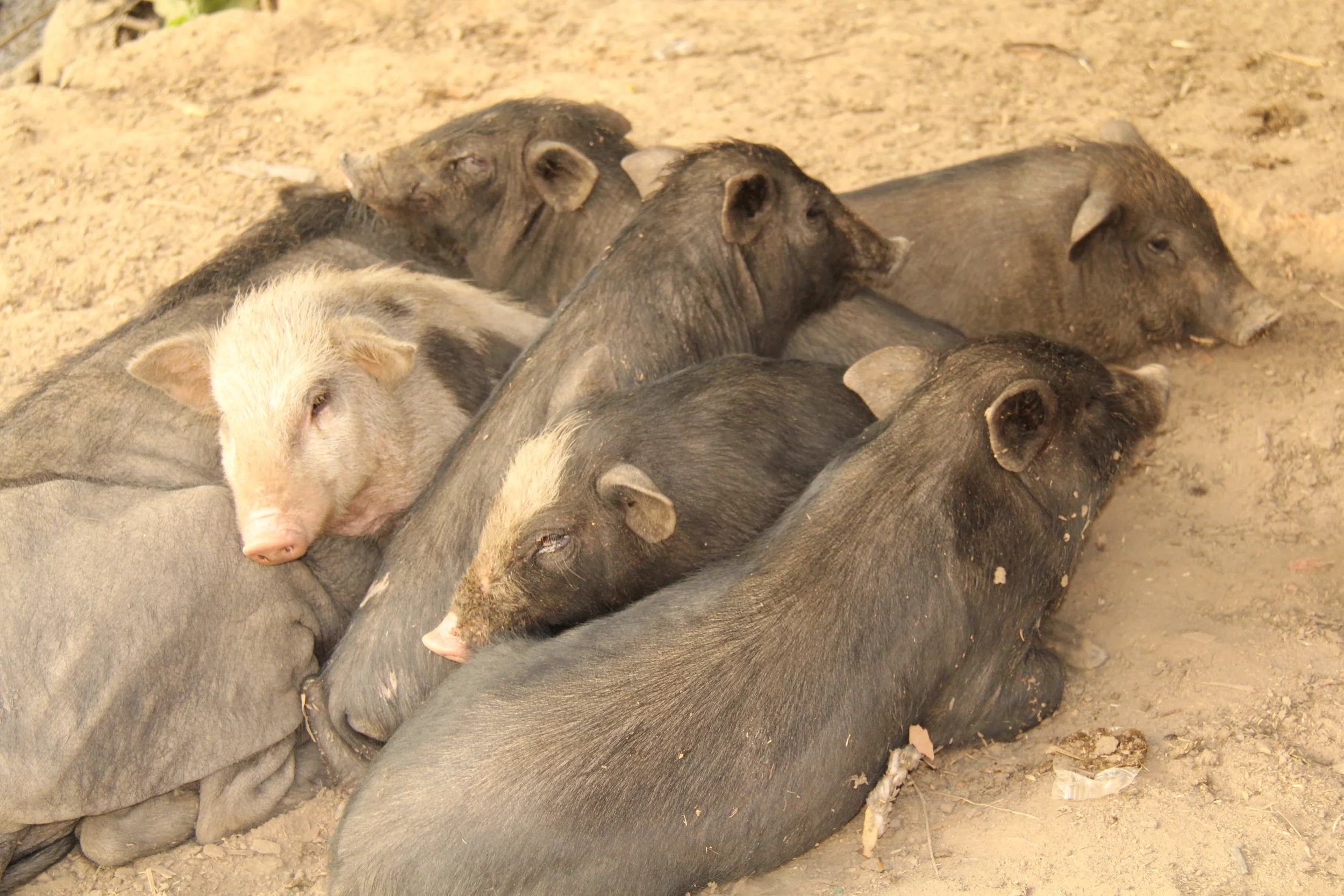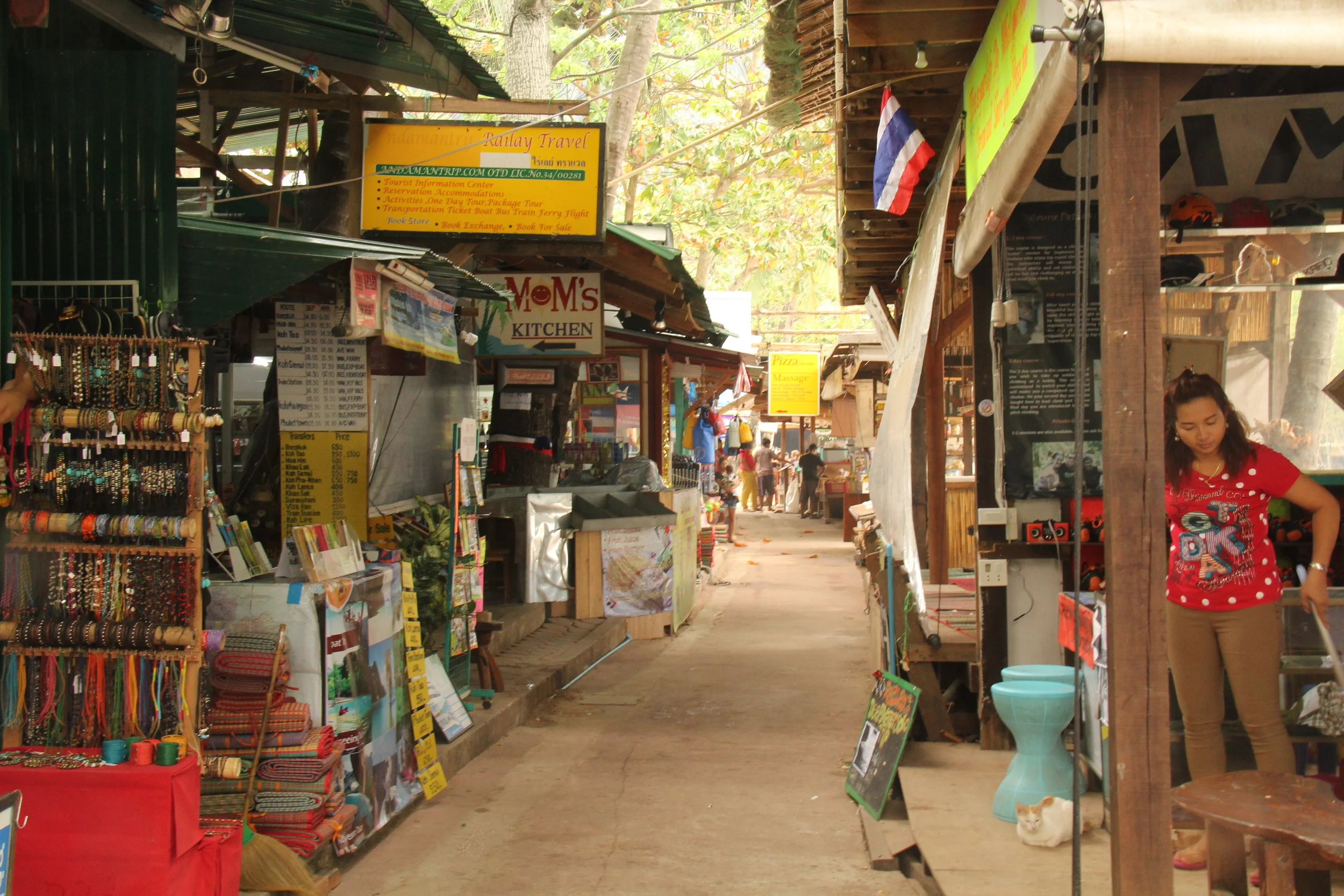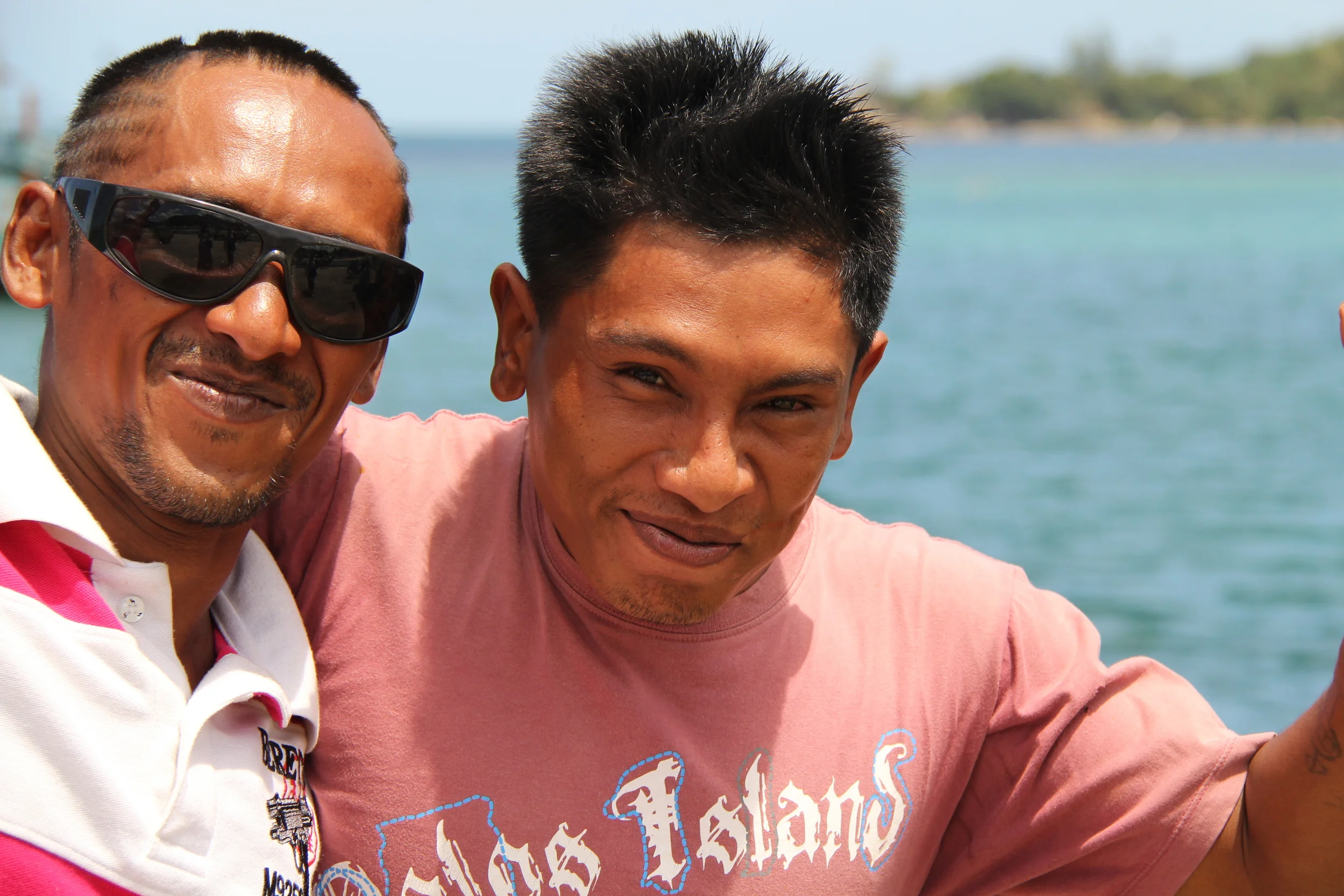Purpose: 25% Social: 30% Financial: 33% Community: 31% Physical: 23%
QUALITY OF LIFE IN THAILAND: Looking more closely at the data, the class-based divide that has fueled political tensions is reflected in the results for financial well-being. Urban Thais are more likely to be thriving in this element than those in rural areas — 38% vs. 31%, respectively. Further, 40% of Thais who hold office jobs (such as professional or clerical positions) are thriving in financial well-being, as opposed to 25% of those in non-office jobs. Results from Thailand also compare favorably with regional figures for social well-being. Thirty percent of Thais are thriving in social well-being, while just 8% are considered suffering; at the regional level, 19% of Asians overall are thriving in this element, while 27% are suffering. The Thai people have the most room for improvement in physical well-being. Although just 3% of Thais are suffering in this element, almost three-fourths (74%) are struggling and 23% are thriving. Age is a major factor in these results, with 28% of Thais younger than age 45 thriving versus 16% of those aged 45 and older. This finding likely reflects the Thai healthcare system’s struggle to maintain consistent access to services for the country’s rapidly growing elderly population. (Source: Gallup-Healthways 2014 State of Global Wellbeing Report)







